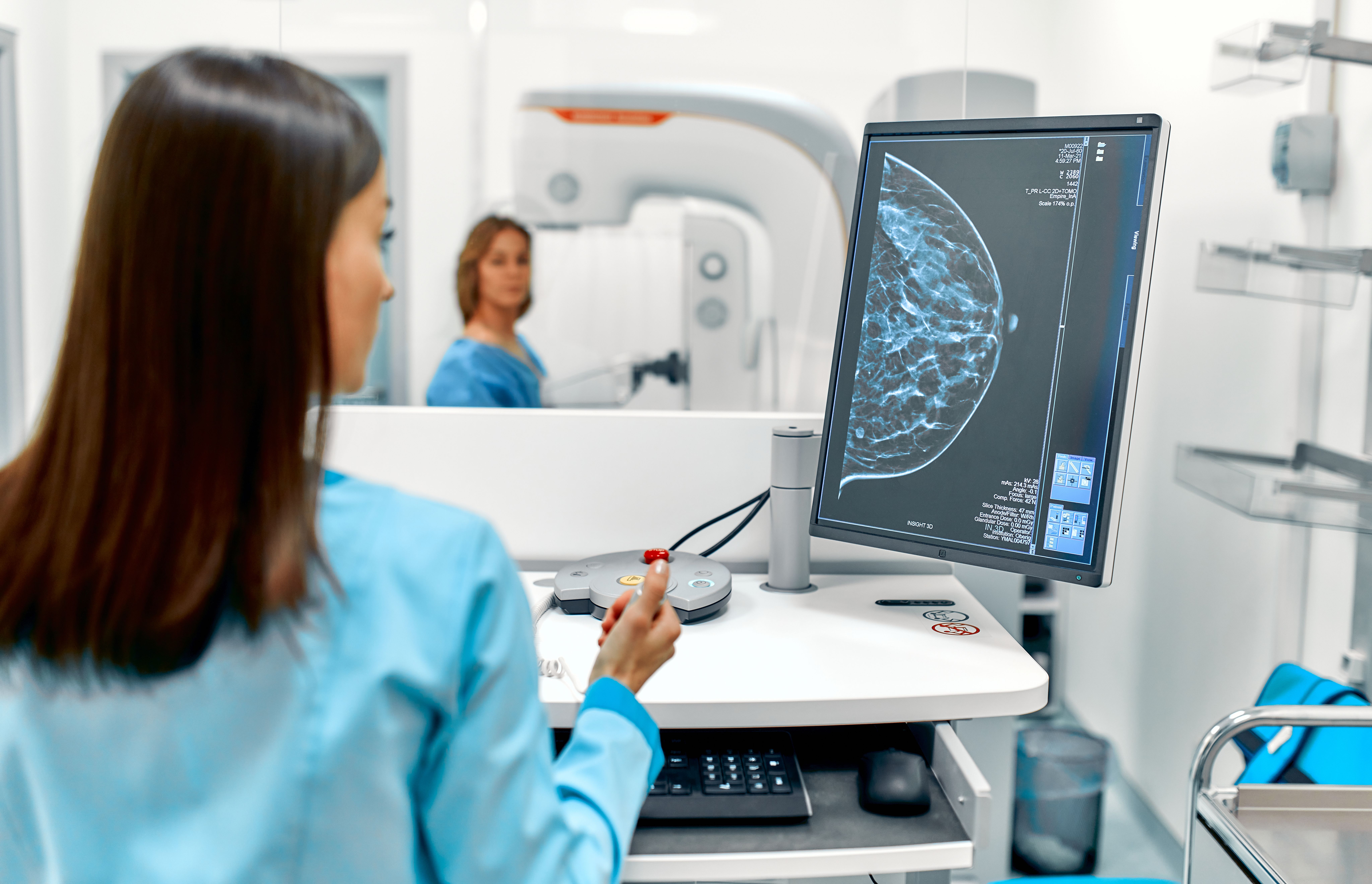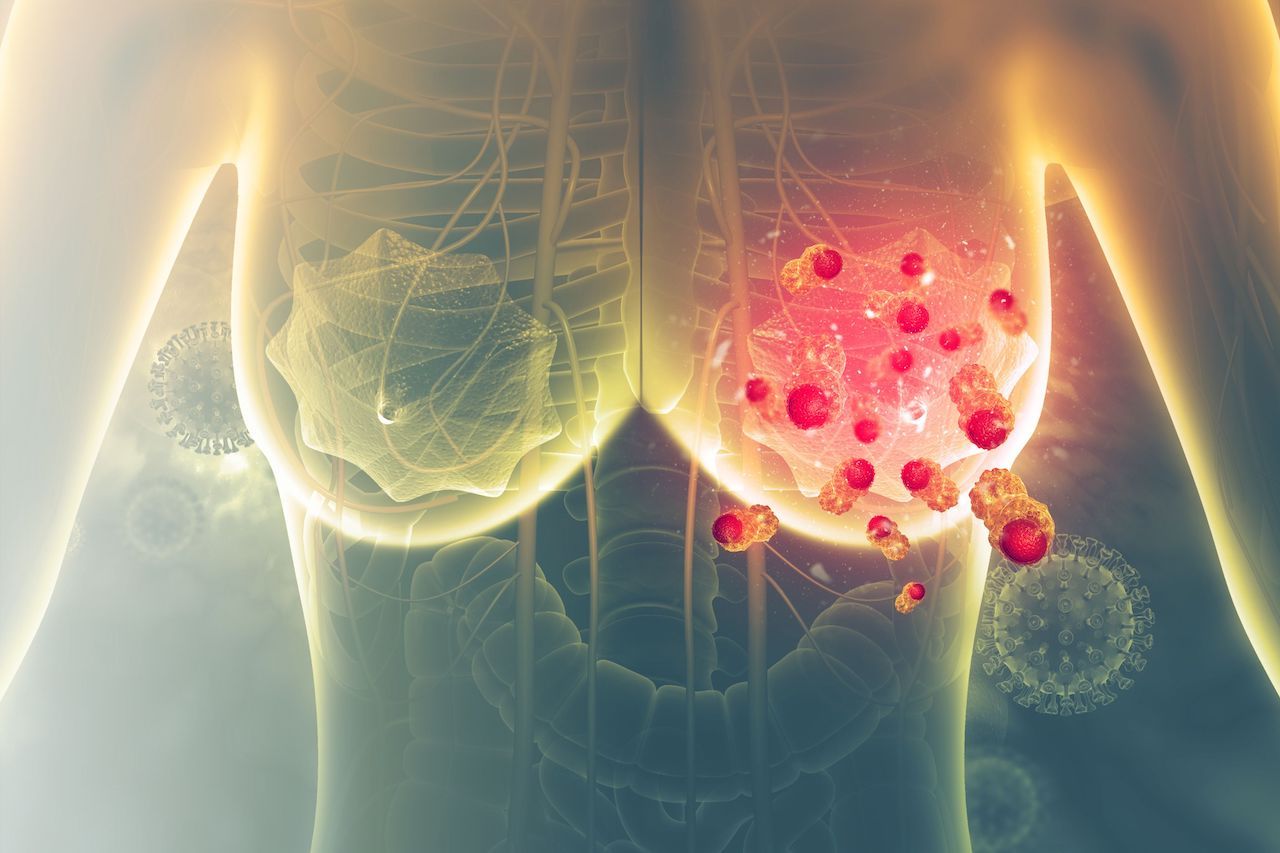Article
Axillary Surgery Approach Impacts BCRL Risk in Breast Cancer Patients
Author(s):
A study published in the Journal of Clinical Oncology determined that the main risk factor for breast cancer-related lymphedema in patients with positive axillary lymph nodes is the type of axillary surgery used.
There are a variety of treatment options for breast cancer with positive axillary lymph nodes, but how does each approach to axillary surgery and regional lymph node radiation (RLNR) impact the risk of breast cancer-related lymphedema (BCRL)? A study published in the Journal of Clinical Oncology found that the main risk factor is in the type of axillary surgery used.
The BCRL rate after 4 different treatment methodologies was the primary end point in the study, which analyzed data from a prospective lymphedema screening trial (NCT01521741). After excluding patients who received neoadjuvant chemotherapy, did not receive axillary surgery, or had bilateral breast cancer, researchers were left with a cohort that included 1815 patients diagnosed with invasive breast cancer. Secondary end points were 5-year locoregional control and distant disease-free survival (DFS).
Patients were divided into 4 cohorts depending on axillary surgery approach: (1) sentinel lymph node biopsy (SLNB) alone, (2) SLNB plus RLNR, (3) ALND alone, (4) and axillary lymph node dissection (ALND) plus RLNR. Arm volume was objectively assessed with a perometer, and all patients received baseline preoperative and post-treatment measurements. Researchers defined lymphedema as a 10% or greater relative increase in arm volume occurring more than 3 months after surgery.
ALND and RLNR are strong risk factors for the development of BCRL, the authors wrote, so it is particularly challenging to achieve local tumor control without increasing BCRL risk in patients with positive axillary lymph nodes.
Of the patients enrolled in the screening trial, 1340 were treated with SLNB alone, 121 received SLNB plus RLNR, 91 received ALND alone, and 263 were treated with ALND plus RLNR. The 5-year cumulative incidence rates for BCRL were 30.1% with ALND plus RLNR, 24.9% for ALND alone, 10.7% for SLNB plus RLNR, and 8.0% for SLNB alone.
Multivariable Cox models that adjusted for age, body mass index, surgery, and reconstruction type found that the ALND-alone cohort showed a significantly higher risk of BCRL (hazard ratio [HR], 2.66; P = .02) than the SLNB plus RLNR group.
They saw no notable difference between BCRL risk in the ALND plus RLNR and the ALND-alone cohorts (HR, 1.20; P = .49), and between the between the SLNB-alone and SLNB plus RLNR groups (HR, 1.33; P = .44).
As far as the secondary end point of 5-year locoregional control rates, the outcomes were similar across the groups. ALND plus RLNR patients saw a rate of 2.8%, the ALND-alone saw 3.8%, SLNB plus RLNR saw 0%, and the SLNB-alone group saw 2.3%.
Where distant DFS was concerned, the 5-year cumulative incidence rate of distant metastasis was 11% in the ALND plus RLNR group, which study authors attribute to the more aggressive tumor pathology in that cohort. The ALND-only group had a 6% cumulative incidence rate of distant metastasis, and the rate was 1.7% in patients within the SLNB-only cohort. The SLNB plus RLNR cohort saw no patients with distant metastasis.
The authors concluded that although RLNR adds to the risk of BCRL, the extent of axillary surgery was the main factor that increased the risk of BCRL. If possible, they suggest omitting axillary dissection to try and prevent BCRL. And because tumor control rates were similar in the SLNB plus RLNR cohort and the ALND-alone group when patients has 1-2 positive lymph nodes, they recommend substituting ALND for RLNR in those cases.
Reference
Naoum GE, Roberts S, Brunelle CL, et al. Quantifying the Impact of Axillary Surgery and Nodal Irradiation on Breast Cancer–Related Lymphedema and Local Tumor Control: Long-Term Results From a Prospective Screening Trial. J Clin Oncol. Published online July 30, 2020. doi:10.1200/JCO.20.00459





